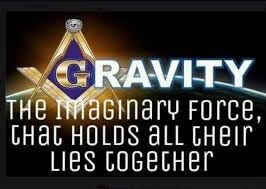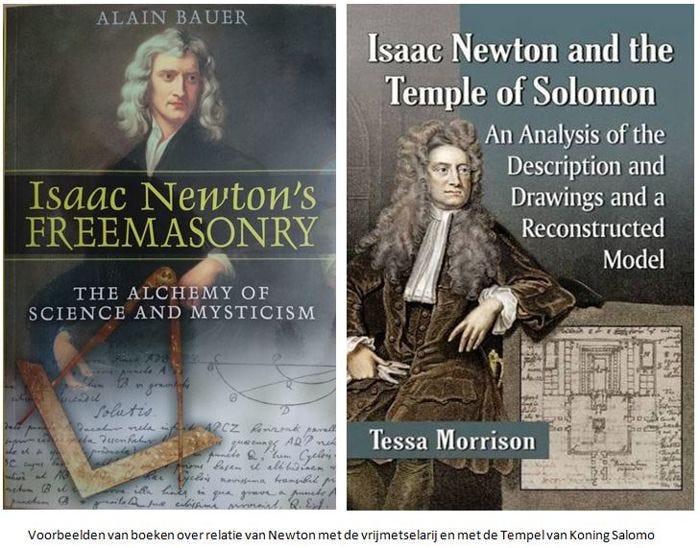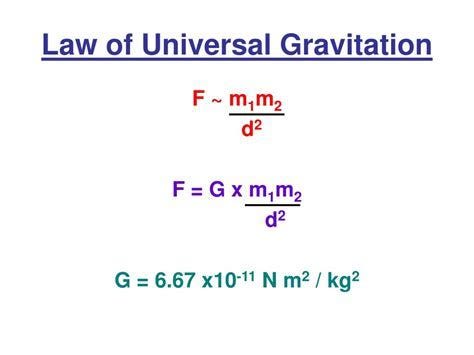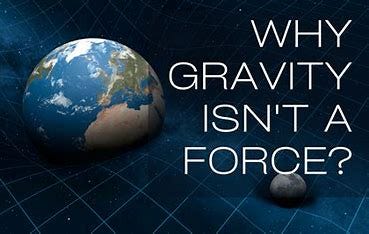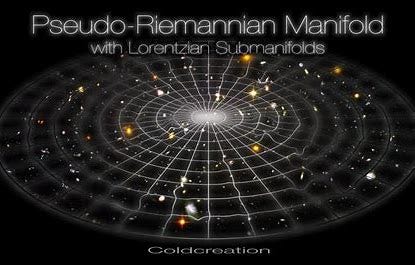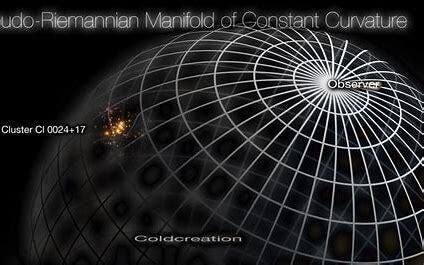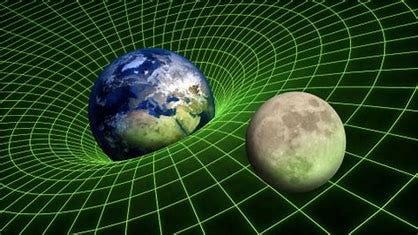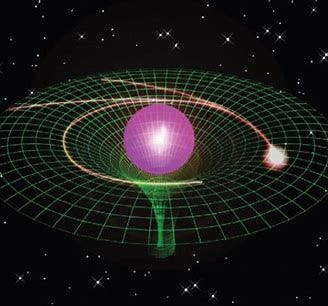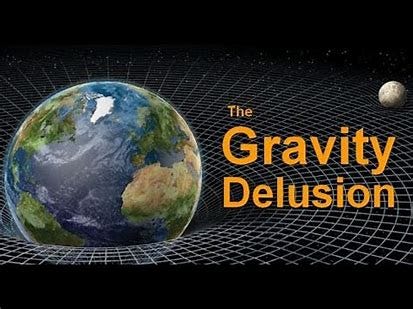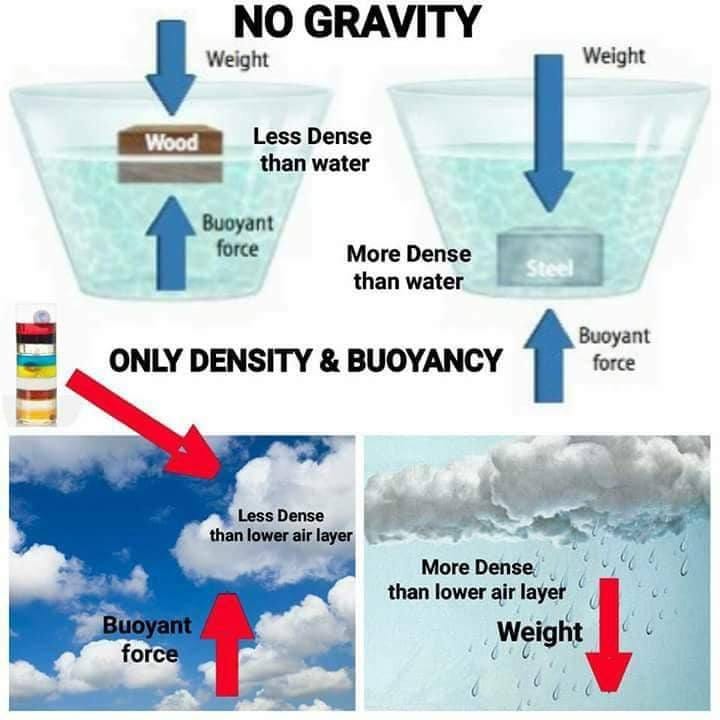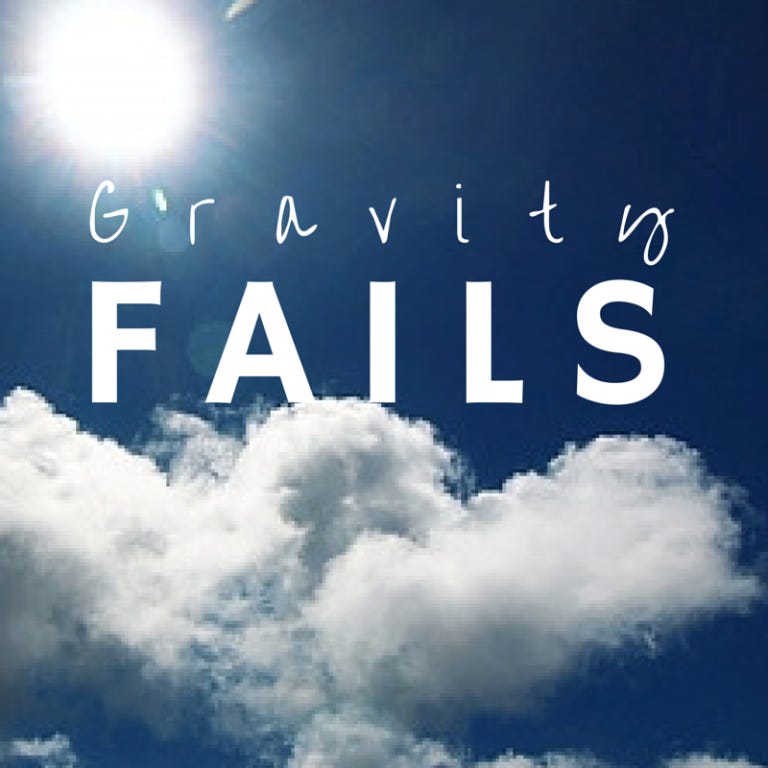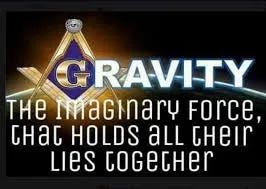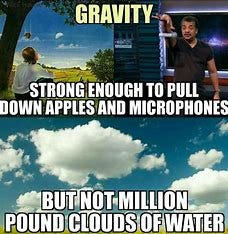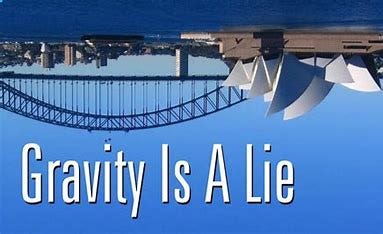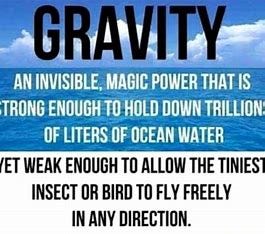What Do We Mean When We Say Gravity is Not a Force? Newtonian Gravity Versus Einsteinian Gravity
What we now call Newtonian Gravity was not identified as a universal force until the work of High Master Freemason, Sir Isaac Newton. Before Newton, the tendency for objects to fall towards the Earth was not understood to be related to the motions of celestial objects. Galileo was instrumental in describing the characteristics of falling objects by determining that the acceleration of every object in free-fall was constant and independent of the mass of the object.
Now, when Newton postulated what his gravitational force was, he was referring to the idea that his gravitational force had a vector quantity. A vector is a physical quantity that has both magnitude and direction. We can picture a vector as a directed ray, whose length is the magnitude of the vector and with an arrow indicating the direction. Two vectors are the same if they have the same magnitude and direction. This means that if we take a vector and translate it to a new position (without rotating it), then the vector we obtain at the end of this process is the same vector we had in the beginning.
Even Sir Isaac Newton, said to be the discoverer of Gravity, knew there were problems with the theory. He claims to have invented the idea early in his life, but he knew that no mathematician of his day would approve his theory, so he invented a whole new branch of mathematics, called fluxions, just to "prove" his theory. This became calculus, a deeply flawed branch having to do with so-called "infinitesimals" which have never been observed. Then when Einstein invented a new theory of Gravity, he, too, used an obscure bit of mathematics called Tensors. It seems that every time there is a theory of Gravity, it is mixed up with fringe mathematics. Newton, by the way, was far from a secular scientist, and the bulk of his writings was actually on Theology, Alchemy, and Christianity. His dabbling in Gravity and Calculus was a mere sideline, perhaps an aberration best left forgotten in describing his career and faith in a Creator.
It must be stressed that a force is a vector quantity because it has both magnitude and direction. In Newtonian Gravity, force is measured in Newtons (N) and represented by the symbol “F”. Force is the product of mass and acceleration, both of which are vector quantities. For example, the force of Gravity is a vector quantity that acts downward with a magnitude of “mg”, where “m” is the mass and “g” is the acceleration due to gravity.
But then Einstein came along and the longstanding rhetoric of Newton’s Gravitational force theory died. Worthy of noting, in 1915 Einstein did not rename Gravity. To the contrary, he literally redefined it as a non-force variable that has zero “mass attracts mass” attributes, zero directional vector properties, neither pulling nor repelling matter, and entirely unable to hold any matter down towards The Earth. As such, Einstein’s reformulation of Gravity had no vector quantity, thereby possessing neither direction nor magnitude, resulting in its reclassification as a pseudo-force, or non-force. Hence. Gravity is no longer considered a force that possesses the attributes of “mass attracts mass”.
With a stroke of the pen, Einstein’s 1915 Field Equation Tensor Paper destroyed the notion that we live on a sphere with gravitational attraction. For Einstein, what is known as Gravity is not a force at all, but evidence that we exist in a pseudo-Riemannian Manifold, or nonisomorphic, as it traces a geodesic, a space whose shape comes from the presence of masses with time being a relative quantity.
His ridiculous non-physical mathematical paradigm created an unfixable fiasco for Newton’s Universal Gravitational Constant metrics. Subsequently, Gravity, as a “mass attracts mass” variable, was obliterated forever, and with it, the entire Heliocentric paradigm, unbeknownst to the ignorant and gullible Einstein at the time of its publishing.
You Simply Cannot Have it Both Ways:
1. A Gravitational pull that is strong enough to resist the unimaginably powerful vacuum of Outer Space, weighing in at a unimaginably vacuous 1×10-6 to <3×10-17 Torr 100 µPa to <3fPa, without smashing The Earth’s atmosphere down into a singularly flat and homogeneous blanket of isotropic density, along with all the creatures inhabiting it.
and…
2. A Gravitational pull that is weak enough to allow butterflies to float around, bubbles to float, multi-ton/high density clouds to float with ease, The Zeppelin Luftschifftechnik rigid airship weighing in at a mighty 23,567 pounds but can float around effortlessly, ocean waves frolic and dance with zero concern for Gravity, Bumble Bees to hover about with ease, helium balloons to float up effortlessly, little babies to move their limbs about effortlessly, and birds to fly for hours at altitudes as high as 10,000 feet with ease.



